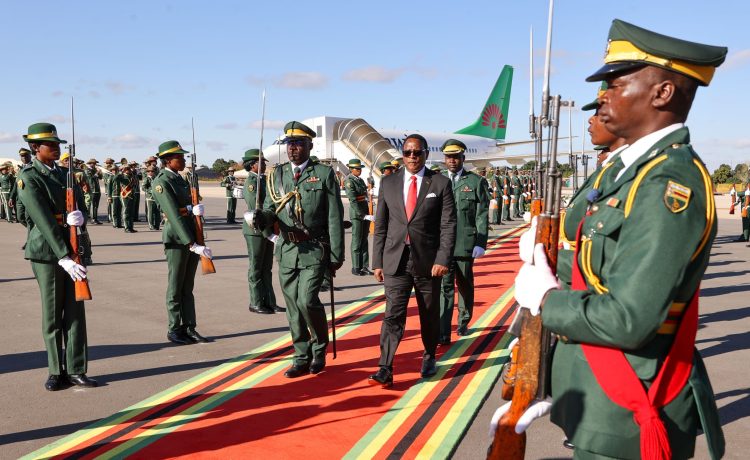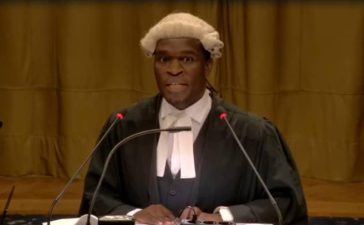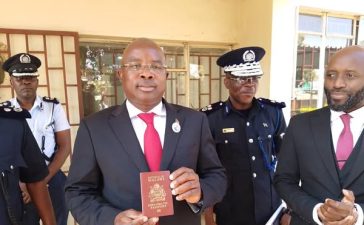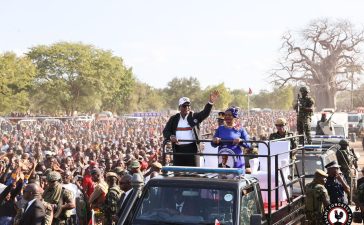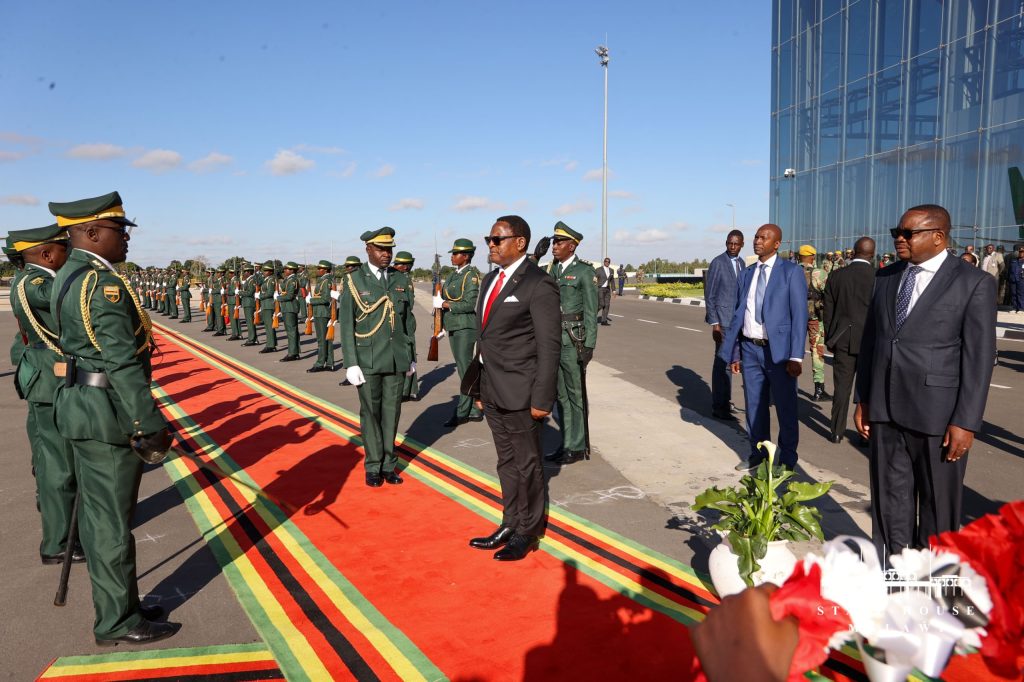
Malaŵi’s President, Dr. Lazarus Chakwera, arrives in Zimbabwe for Southern African Development Community (SADC) heads of States summit. According to an announcement made earlier by the country’s Foreign Affairs Ministry in Lilongwe, SADC region’s heads of States are meeting for the Transfrontier Conservation Areas (TFCA) agenda, auditing the 25 years of fostering regional integration and sustainable development.
A Transfrontier Conservation Area (TFCA) is defined in the SADC Protocol on Wildlife Conservation and Law Enforcement (1999) as a component of a large ecological region that straddles the boundaries of two or more countries encompassing one or more protected areas as well as multiple resource use areas.
Founded with the aim of collaboratively managing shared natural and cultural resources across international boundaries for improved biodiversity conservation and socio-economic development, TFCAs captures the environmental agenda not only of SADC, but also the United Nations, whereby the UN Environment Programme World Conservation Monitoring Centre (UNEP-WCMC) and the International Union for Conservation of Nature (IUCN) list all conservation areas world-wide. In 2007, UNEP-WCMC published a list of 227 TCAs across the globe covering over 4.6 million km².
In the SADC region, there are eighteen (18) existing or potential TFCAs in both terrestrial and marine environments covering over 700,000km2 which have been grouped into three categories based on the level of development: Category A (TFCAs with a Treaty or other form of legally binding and mutually recognised agreement), Category B (TFCA with an MoU), and Category C (TFCAs at a conceptual stage).
The following are the Established TFCAs based on signed Treaty Signed:
- Ai/Ais – Richtersveld TP: with a Treaty signed between Namibia and South Africa
- Iona-Skeleton Coast TFCA: established by a Treaty signed between Angola and Namibia
- Kgalagadi TP: established through a Treaty signed between Botswana and South Africa
- Kavango Zambezi TFCA: established by Treaty signed among Angola; Botswana; Namibia; Zambia; and Zimbabwe.
- Great Limpopo TP and TFCA: established by a Treaty signed among Mozambique; South Africa; and Zimbabwe.
- Malaŵi-Zambia TFCA: established by a Treaty signed between Malaŵi and Zambia
- Lubombo TFCA: established by a Treaty signed among Mozambique; South Africa; and Swaziland.
- Maloti-Drakensberg TFCA: established by a Treaty signed by Lesotho and South Africa.
Treaties have also been signed for Emerging TFCAs within SADC as follows:
- A Treaty signed among Botswana; South Africa; and Zimbabwe for the upcoming establishment of Greater Mapungubwe TFCA
- A Treaty signed between Mozambique and Zimbabwe for the upcoming establishment of Chimanimani TFCA.
- A Treaty signed among Angola; Congo; The DRC; and Gabon, for the establishment of upcoming Mayombe Forest TPA; and
- A Treaty signed between Mozambique and Tanzania for the upcoming establishment of Niassa-Selous TFCA.
Further, there are what are classified as Conceptual TFCAs in which no Treaty or MoU has yet been signed for. These Conceptual TFCA are expected to exist as follows:
- Liuwa Plains-Mussuma TFCA: To exist between Angola and Zambia
- Lower Zambezi-Mana Pools TFCA: To exist between Zambia and Zimbabwe.
- ZIMOZA TFCA: To exist among Mozambique; Zambia; and Zimbabwe.
- Kagera TFCA: To exists among Rwanda; Tanzania; and Uganda.
- Mnazi Bay-Quirimbas TFCMA: To exist between Mozambique and Tanzania.
- Western Indian Ocean TMP: To exist among Comoros Island; Kenya; France; Madagascar; Mauritius; Mozambique; Seychelles; Somalia; South Africa; and
This brings a total of 18 earmarked TFCAs in the SADC region alone. But why is France, a country which is neither in SADC nor Africa in general, appearing to be a party to the conceptual Western Indian Ocean TMP? Shire Times quick research indicates that the proposed Western Indian Ocean Transfrontier Marine Park (TFMP) covers vast marine water spaces that includes the SADC island states of Madagascar, Mauritius and Seychelles, together with the Indian Ocean island states of Comoros and Reunion, the Reunion island is an oversees territory of France. This conservation stretch also includes marine areas along the coastline of Mozambique, South Africa and Tanzania and others outside the SADC region such as Kenya and Somalia.
Responding to Shire Times questionnaire ahead of the summit, Malaŵi’s Minister of Tourism, Wildlife and Culture, Vera Kamtukule, explained that the Malaŵi-Zambia Transfrontier Conservation Area encompasses 31,792 km² and incorporates national parks, wildlife reserves, forest reserves, game management areas and communal lands. The signing of the MoU in 2004 between the two countries marked the beginning of a formal process of negotiation between the Governments of Malaŵi and Zambia towards the establishment of the Malaŵi-Zambia TFCA. This eventually led to the signing of the Treaty by Presidents of both countries on 7 July 2015. The TFCA is build out of two components. The Nyika-North Luangwa and Vwaza/Lundazi components comprise Malaŵi’s Nyika National Park, Vwaza Marsh Wildlife Reserve and Zambia’s North Luangwa National Park, Lundazi Forest Reserve, Mitengi Forest Reserve, Mikuti Forest Reserve and the Musalangu Game Management Area. The Kasungu/Lukusuzi component comprises the Kasungu National Park in Malaŵi, the Lukusuzi National Park in Zambia and a narrow corridor of customary land in-between.
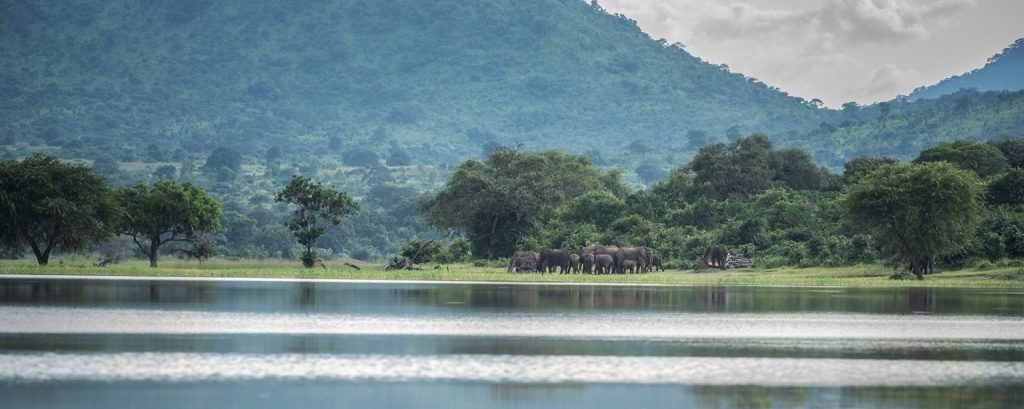
Communities living in and adjacent to the TFCA are engaged in mainly smallholder agriculture on customary tenure. Cattle grazing, human-wildlife conflict, human encroachment and poaching area challenge in some parts of the TFCA. While park staff sometime struggle in their efforts to maximise stakeholder consultations with communities, these communities have also begun to bring their concerns to the table. Cross-border trade and other cultural exchange initiatives are important to these communities who share many of the same traditional values.
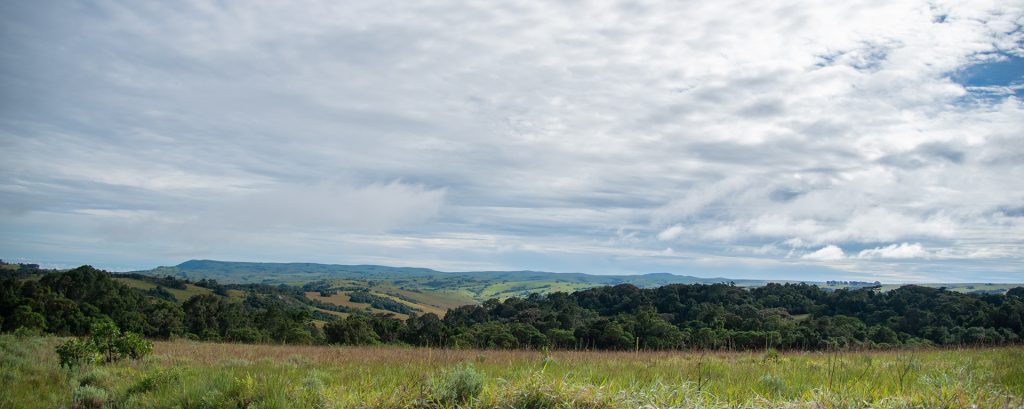
The heads of States summit being held today, 23rd May 2025, in Harare is bringing together SADC leadership to reflect on progress, renew commitments and chart the way forward for enhanced cross-border protection, sustainable tourism and community livelihoods, according to information contained in the Foreign Affairs Ministry announcement of the President’s departure for Harare.

